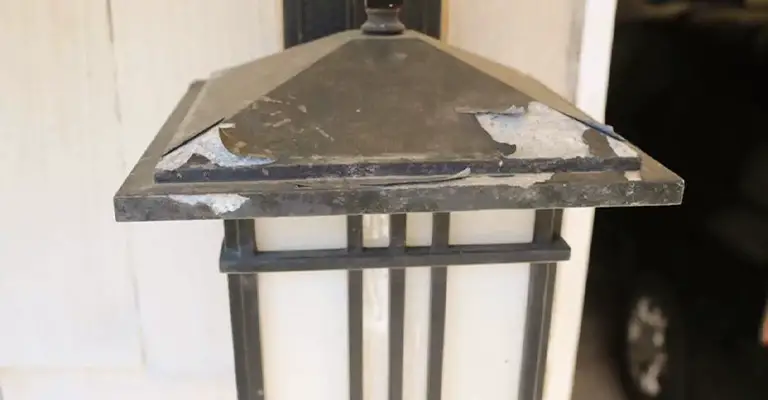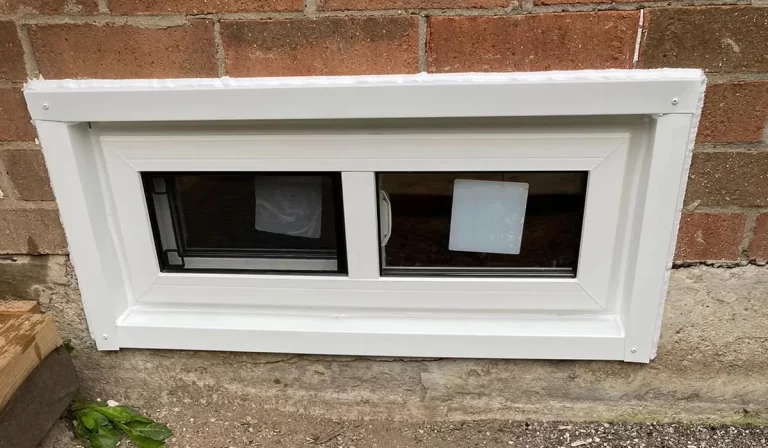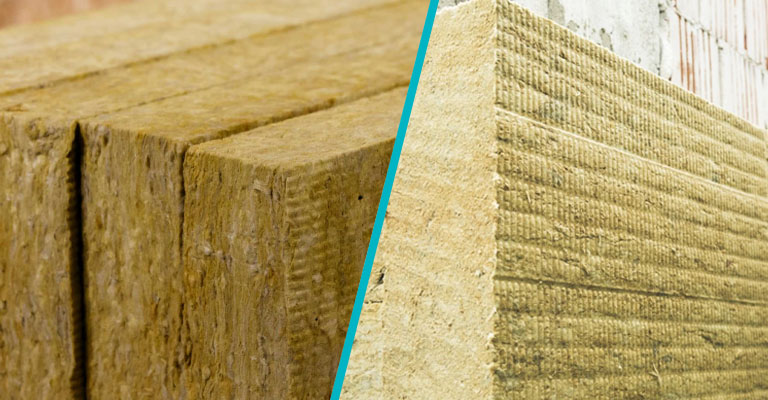Effective Strategies on How to Get Rid of German Cockroach
The German cockroach (Blattella germanica) is a small, resilient pest that’s notoriously difficult to exterminate. Recognized for its light brown color and two horizontal stripes behind its head, this particular species is a common household pest across the globe.
Due to its rapid reproduction rate and adaptability, an infestation can quickly get out of hand. If you’re faced with these unwelcome guests, here are proven strategies to rid your home of German cockroaches.
Kill German Cockroaches with and the Entire German Roach Population
1. Proper Identification
Before starting any extermination process, it’s crucial to identify the pest correctly. German cockroaches differ from other roaches in appearance and habits. They’re smaller, usually about 1/2 to 5/8 inch long. Spotting them mostly at night in warm, humid areas, such as kitchens and bathrooms, can confirm their presence.
2. Sanitation is Key
Begin by eliminating food and water sources:
- Store food in sealed containers.
- Regularly clean crumbs and spills, focusing on counters, floors, and appliances.
- Fix leaks and dry sinks before bedtime since they prefer moist environments.
Remember, a spotless environment is less inviting to pests and can reduce their population.
3. Seal Their Entry Points
German cockroaches can enter homes through small cracks and crevices:
- Inspect your home’s foundation, walls, and windows.
- Seal gaps using caulk or foam to prevent their entry and migration.
- Check items like grocery bags, boxes, and used appliances before bringing them indoors.
4. Employ Cockroach Baits and Gels
These products contain attractants that lure cockroaches. Upon consumption, the poison in these baits kills the cockroach and others when they feed on its carcass. Place them near cockroach activity hotspots.
5. Try Insect Growth Regulators (IGRs)
IGRs act by disrupting the life cycle of cockroaches. They’re chemicals that mimic cockroach hormones, preventing them from maturing into reproducing adults. When used in conjunction with baits, IGRs can be an effective strategy.
6. Use Sticky Traps
These traps can capture roaches and help monitor infestation levels. Place them in areas of high activity. While they won’t eradicate an infestation alone, they offer insights into where the pests are congregating.
7. Diatomaceous Earth (DE)
DE is a natural powder made from fossilized aquatic organisms. Its tiny, sharp particles can penetrate the exoskeleton of cockroaches, causing dehydration and death. Sprinkle DE in areas where roaches frequent, but keep it away from damp places, as moisture reduces its effectiveness.
8. Professional Pest Control
When infestations are severe, it may be best to hire professionals. They possess the experience and resources to tackle extensive infestations more effectively.
9. Regular Monitoring and Prevention
After initial treatments, remain vigilant. Keep monitoring traps in place and refresh bait stations as needed. Maintaining a clean home and being cautious with items brought indoors can prevent future infestations.
10. Non-Toxic Repellents
Many homeowners are now leaning towards environmentally-friendly solutions. Certain essential oils, such as peppermint, eucalyptus, and tea tree oil, have shown repellent qualities. Mixing a few drops with water and spraying it in areas where roaches frequent can deter them. However, this method works more as a preventive measure than an extermination technique.
11. Baking Soda and Sugar Mixture
This DIY method involves mixing equal parts of baking soda and sugar. While sugar acts as bait, baking soda is toxic to roaches. When they consume this mixture, it causes a reaction in their stomach, leading to their demise. Sprinkle the mix in areas where you’ve spotted these pests.
12. Neem Oil
Historically, neem oil has been used as a natural remedy against pests. It serves as a natural repellent against German cockroaches. Spray a solution of neem oil and water in areas of cockroach activity or use it to clean surfaces.
13. Regularly Empty Trash
A simple yet often overlooked step is ensuring your trash bins are closed and emptied regularly. Decomposing food attracts these pests. Moreover, consider using trash bags and containers that seal well to limit the smells that lure these pests.
14. Vacuum Regularly
Vacuuming not only cleans your home but can also suck up any stray cockroaches, their eggs, and droppings. Using a vacuum with a HEPA filter can prevent allergens associated with roaches from circulating in your home.
15. Safety First
Whenever you’re using commercial products, natural remedies, or DIY solutions, always prioritize the safety of your household. Keep treatments away from children, pets, and food preparation areas. Always read and follow label directions carefully.
16. Boric Acid
Boric acid is a time-tested roach killer. By sprinkling a thin layer in areas where roaches frequent, they get the powder on their legs and ingest it while grooming. It disrupts their stomachs and kills them. However, ensure it’s out of reach of children and pets, as it can be toxic.
17. Lemon Peels and Lemon Juice
The strong scent of lemon is often repulsive to roaches. Cleaning your floors and surfaces with water containing lemon juice can act as a deterrent. Additionally, placing lemon peels around entry points and high-activity areas can be effective.
18. Reduce Clutter
Cockroaches love hiding in dark, cluttered places. Reducing clutter, especially in areas like the kitchen, basement, and bathroom, can limit their hiding spots. Regularly decluttering and organizing these areas will make them less appealing to these pests.
19. Use Roach Prisons
Roach prisons are essentially glass jars baited with food inside. The inner walls of the jar are smeared with petroleum jelly, preventing the cockroaches from climbing out once they enter. These can be placed in strategic locations and emptied regularly.
20. Soapy Water Spray
A simple solution of dish soap and water can serve as an instant roach killer. When sprayed directly on them, the soapy water clogs their pores, making it difficult for them to breathe. It’s an immediate but temporary solution, best used in conjunction with other methods.
21. Frequent Inspections
Routine inspections of your property can help in early detection and prevention. Look for signs like droppings, egg casings, or the cockroaches themselves. The earlier an infestation is identified, the easier and quicker it is to address.
Conclusion
In the face of a German cockroach infestation, adopting a multifaceted strategy is paramount. The resilience of German roaches is notable, with these pests often thriving in environments where dirty dishes and pet food are left exposed, providing them with ample sustenance. A German roach’s adaptability demands that homeowners stay proactive in their approach to controlling German cockroaches. It’s not enough to merely kill roaches; it requires a combination of vigilant cleaning habits and the use of strategic tools like apex cockroach gel bait, which targets where German cockroaches feed.
Insect growth regulators play a pivotal role in German cockroach control, breaking their reproductive cycle and curbing the roach population’s explosive growth. Observing the presence of roach droppings can provide an early alert to an impending roach infestation, guiding homeowners to act swiftly. While German cockroaches live in concealment, with diligence, they can be detected and dealt with using precise treatments.
To achieve a home free from the menace of these pests, individuals must be persistent and knowledgeable. Kill cockroaches effectively with a concoction of targeted tools, including gel baits and growth regulators, ensuring that every aspect of the life cycle is disrupted. By remaining informed and proactive, homeowners can enjoy a living space devoid of the unnerving presence of German roaches.





